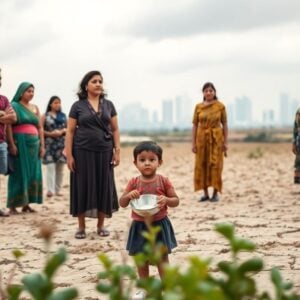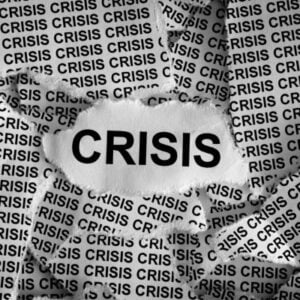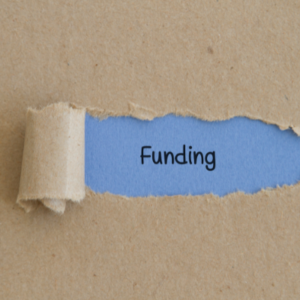India has recorded a remarkable reduction in extreme poverty over the past decade, according to new data from the World Bank. While revised global poverty thresholds have pushed up worldwide poverty rates, India has defied this trend, resulting in a significantly improved national outlook.
Key Takeaways
- Over 269 million Indians have moved out of extreme poverty since 2011–12.
- Extreme poverty rate dropped from 27.1% to 5.3% by 2022–23.
- India’s improved data collection, updated poverty lines, and robust welfare policies have been recognized as central to this progress.
New Global Poverty Benchmarks And India’s Performance
The World Bank revised the International Poverty Line (IPL) from $2.15 to $3 per person per day (adjusted for 2021 Purchasing Power Parity). This change was expected to add around 226 million people to the global count of those living in extreme poverty, raising the worldwide poverty rate from 9% to 10.5%. Despite this, India stood out as a positive outlier, significantly offsetting the increase thanks to advances in economic measurement and actual improvements on the ground.
Transformation Through Data And Policy
Key to India’s positive shift was the transition to the Modified Mixed Recall Period (MMRP) in its 2022–23 Household Consumption Expenditure Survey. This new method gives a more accurate picture of household spending by using shorter recall periods for frequently purchased items and including a wider range of goods and services. As a result, previous numbers underestimated actual consumption, painting a rosier picture when updated.
Alongside methodological improvements, government initiatives such as PM Awas Yojana (affordable housing), Ujjwala Yojana (clean cooking fuel), Jan Dhan Yojana (financial inclusion), and Ayushman Bharat (universal health coverage) have contributed to enhanced living standards for millions. Direct Benefit Transfers and investments in rural infrastructure have also played critical roles.
State-Wise Progress And Inequality Trends
States like Uttar Pradesh, Maharashtra, Bihar, West Bengal, and Madhya Pradesh—once home to 65% of India’s extreme poor—have led the reduction. Two-thirds of the overall improvement in poverty numbers can be attributed to these states. Concurrently, spending inequality has narrowed, with the Gini coefficient—a measure of income distribution—declining across both rural and urban India.
Table: Poverty Reduction in India (2011–12 to 2022–23)
| Metric | 2011–12 | 2022–23 |
|---|---|---|
| Extreme Poor (millions) | 344.5 | 75.2 |
| National Extreme Poverty (%) | 27.1% | 5.3% |
| Lower-Middle Income Poverty | 732.5 million | 342.3 million |
Global Significance
India’s improvement not only highlights national progress but also has global implications—the revised poverty data effectively halved the anticipated increase in worldwide extreme poverty numbers following the World Bank’s threshold update.
The Road Ahead
While more than three-fourths of India’s population now lives above the extreme poverty line, ongoing challenges remain, especially under higher poverty thresholds like the $4.20 daily benchmark for lower-middle-income countries. Nonetheless, India’s experience offers a valuable example of how evidence-based policy, updated data, and strong welfare programs can drive dramatic social transformation.
Further Reading
- 270 million Indians out of extreme poverty list: World Bank, The Economic Times.
- Extreme poverty in India sees sharp decline! Number dips from 344.47 million to 75.24 million; poverty rate
down to 5.3%, says World Bank, The Times of India. - Did India just cut global poverty?, Finshots.
- India defies global poverty trends amid World Bank’s revised estimates, Tribune India.







